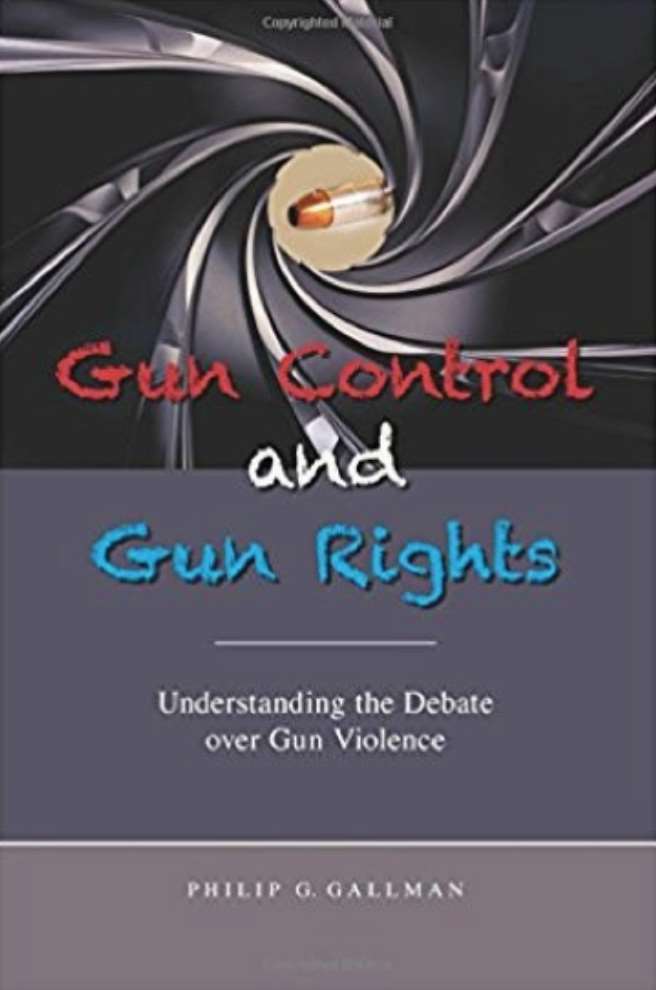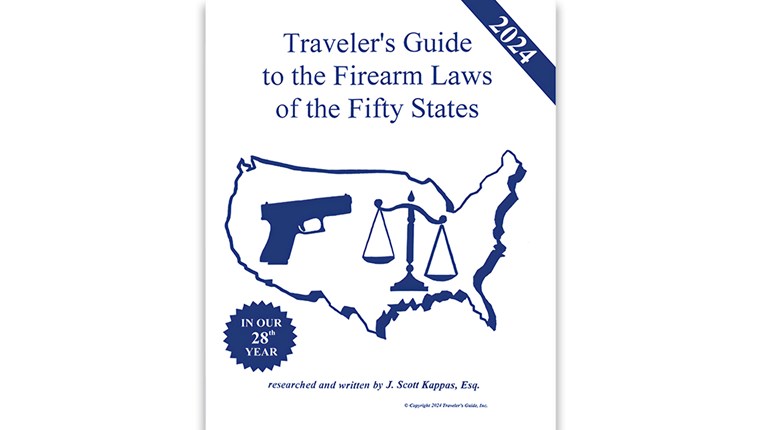
What Phil Gallman brings to the gun control discussion is an objective, investigative examination of the facts without the polemics or bias found in much of the literature. Gallman has been an assistant professor of electrical engineering and a contractor in the defense and intelligence communities. (I read his book about marine radar, Radar Reflectors for Cruising Sailboats, that helped me understand the facts about making a boat more visible on the high seas.) So it is with Gun Control and Gun Rights, in which Gallman applies a lifelong association with firearms and an analytical mind to become a voice of reason—a tour guide through the maze of opinions, misquotes and junk science.
An excerpt from the preface sets the tone for what you can expect:
About 31,000 people die in the United States each year through the misuse of firearms, including 19,000 suicides, 11,000 murders and 500 accidents. The usual response to the carnage is to demand stricter gun control or even outright confiscation of guns in civilian hands. However, current efforts using gun control are not reducing gun violence. The author argues that usual efforts to reduce gun violence are ineffective because they are misguided and misinformed.

The book is organized so the reader can select a single topic of interest. For example, thumb to the chapter on “Other Gun Ownership Issues,” find “Universal background checks and the gun show loophole,” and you will read:
An often quoted figure is that 40 percent of gun purchases are conducted without any background check. This is then followed by the statement that we need universal background checks, i.e., a NICS background check on every firearm transfer. While it is certainly possible to acquire a firearm in some situations without a background check, doing so is not really a loophole in the law, and it is not just an issue with gun shows. There is a lot of confusion and misleading information surrounding gun purchases that need to be clarified.
Gallman then presents the relevant federal laws and points out that the misguided 40 percent quote from The Washington Post used a 1997 U.S. Department of Justice Report that was based on data collected in 1993-1994.
The book includes the thorough collection of in-depth research that I expected from an experienced author and disciplined research scientist who is very familiar with guns. However, I was surprised to discover how easy to read the concisely presented, 202-page volume was. Reading this book, I learned several new things and was reminded of a few more I had forgotten. Gallman’s book will be appreciated by both Second Amendment advocates and anyone who would benefit from a factual “intervention.”
To purchase a copy for yourself or for a friend in need, go to Amazon.A retired U.S. Marine, Chip Lohman is also a former manager of NRA Youth Programs and the former managing editor of Shooting Sports USA magazine. He is currently the deputy executive director of publications at the NRA.


































